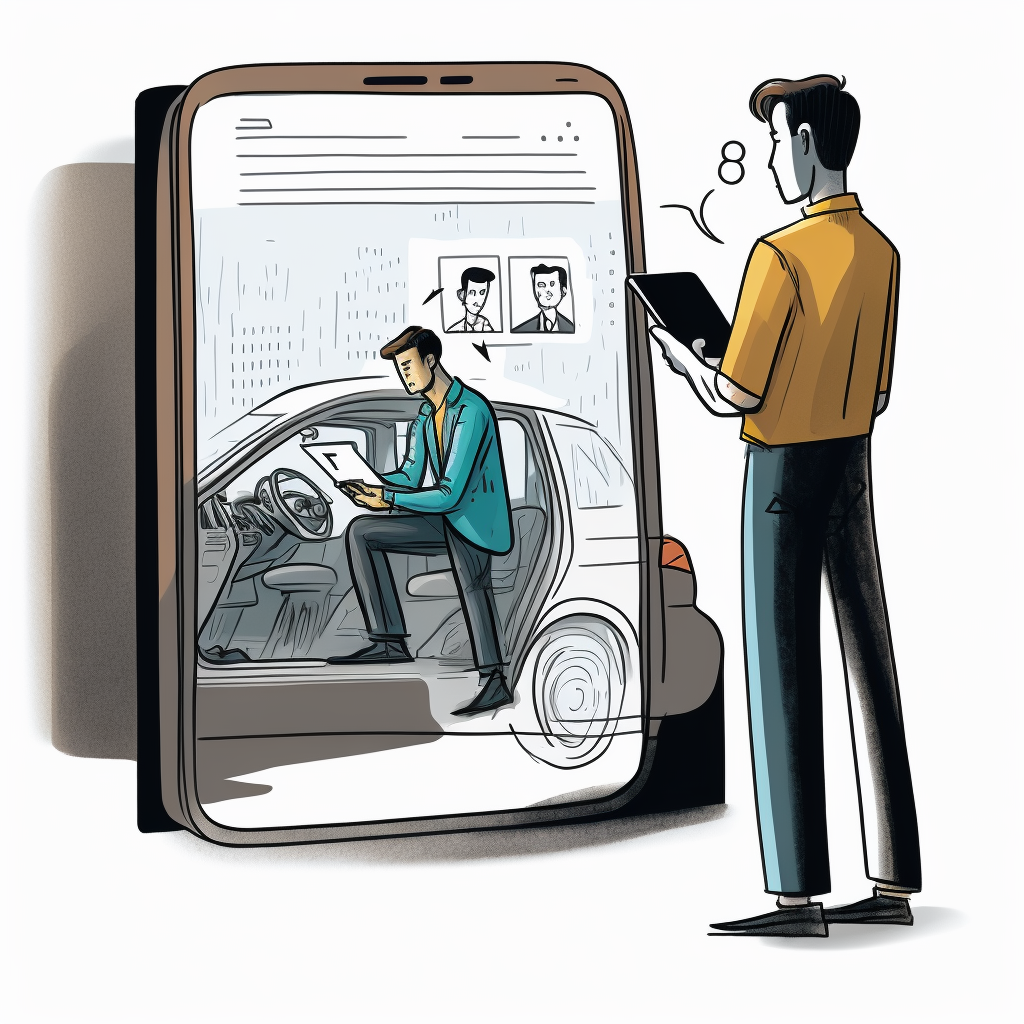The Job To Be Done Anatomy: how to write an effective user job statement
As product managers, one of our main responsibilities is to understand our users and their behaviors in order to make informed decisions about our products. One way to achieve this is through the use of "Job To Be Done" (JTBD) statements.

The Job To Be Done statement is a powerful tool for product managers to understand and communicate user needs and objectives effectively. By understanding the anatomy of a JTBD statement, you can write effective statements and make informed decisions about your products that truly meet the needs of your users.
In this blog post, we'll discuss the anatomy of a JTBD statement and how to write an effective one.
The Job To Be Done Statement:
As a [actor], when [moment], I [need/want] [verb] [noun] to [objective].
Job To Be Done
As a CPO, when new people join the team, I need to teach them to write a Job To Be Done Statement so they can effectively communicate a user's job to be done.
The Who: As a [actor]
A product has one or more actors. The first part of the JTBD statement is responsible for making clear the right actor that has that job.
An actor can be a type of user of the product, for example: As a Free User, As a Premium User, As a Pro User. In a product with different user roles, like Uber, it can be: As a Driver, As a Rider.
But it can also be internal people that use the product, for example: As an Admin, As a Copy Writer, As a Customer Success Manager.
The JTBD statement is also useful to improve internal processes. In this case, the person's role is the actor, for example: As a CPO, As a Product Manager, As a Designer.
The When: when I [moment]
The job needs to be done in a given moment, which is usually triggered by a specific event or action. Communicating this makes the user's context clear and helps to understand the circumstances surrounding the job.
Examples:
- As a Driver, when I accept a ride...
- As a Rider, when I request a ride...
- As a Customer Success Manager, when the user has a problem...
- As a Product Manager, when I receive a feature request...
It's important to note that the moment in which the job needs to be done is not always a specific point in time, it can also be a state of mind, a situation, or a process. In any case, the moment helps to understand the user's context, the urgency of the job, and the factors that influence the user's behavior.
For example, if we know that a user is requesting a ride during rush hour, it can help us to understand why they are requesting a ride and what they are trying to achieve. It can also help us to understand what problems they might encounter and how we can help them to achieve their objective.
The What: I [want / need] [verb] [noun]
This is the job itself, it is the action that the user wants or needs to take in order to achieve their objective.
It's a want or a need
It is a want or a need. If it's a need, that job blocks the user to move forward to achieve their objective using the product. If it is a want, that job can help the user to be more successful in achieving the objective.
Has a verb and a noun
The verb represents the job action. The noun makes the action specific, it helps to ensure that we are providing the user with the right tools and resources to achieve their objective.
Examples:
- As a Driver, when I accept a ride, I need to go to the Rider's address...
- As a Rider, when I request a ride, I want to get into a cool-tempered car...
- As a Customer Success Manager, when the user has a problem, I need to help the user...
- As a Product Manager, when I receive a feature request, I need to do a quick discovery...
It's important to note that the noun can be a tangible item, a service, a feature or a process, it can be anything that the user needs or wants in order to achieve their objective.
For example, if a user wants to get into a cool-tempered car, this means that the user wants a car with air conditioning. By understanding the noun, we can understand the user's specific needs and preferences, and we can build a product or service that meets those needs and preferences.
The Why: to [objective]
The real purpose of the job is the objective that the user wants to achieve. The job itself is never the objective; it is only a medium to achieve an objective. The objective defines the end goal of the user and helps to understand the user's motivations, values, and priorities.
Examples:
- As a Driver, when I accept a ride, I need to go to the Rider's address to get the Rider.
- As a Rider, when I request a ride, I want to get into a cool-tempered car to not arrive sweaty at my destination.
- As a Customer Success Manager, when the user has a problem, I need to help the user to solve her/his problem.
- As a Product Manager, when I receive a feature request, I need to do a quick discovery to build a feature that helps users to achieve their objectives.
By understanding the objective, we can understand the user's ultimate goal and the value that the user is trying to gain from using our product or service. This helps us to identify new opportunities, to improve our product or service, and to create more value for the user. It's also important to note that the objective can be different for different users, and it can change over time.
For example, a user who is requesting a ride to go to work in the morning will have a different objective than a user who is requesting a ride to go out at night. By understanding the objective, we can tailor our product or service to meet the specific needs of each user and provide them with a more personalized experience.
Conclusion
By following this JTBD statement anatomy, we can effectively communicate a user's specific needs and objectives to our team, and make informed decisions about our products.
This statement can be used to identify user pain points, understand user context and objectives, and validate new features and improvements. By keeping the focus on user needs, we can ensure that we are building products that truly meet the needs of our users.
Next Step
Use the Job To Be Done Statement to start your Quick Discover, learn it in this article:

Work smart. Keep growing 🚀
Stay tuned for news
Subscribe for free to get all new contents right in your e-mail inbox.
Share it with your colleagues to help them learn something new today!